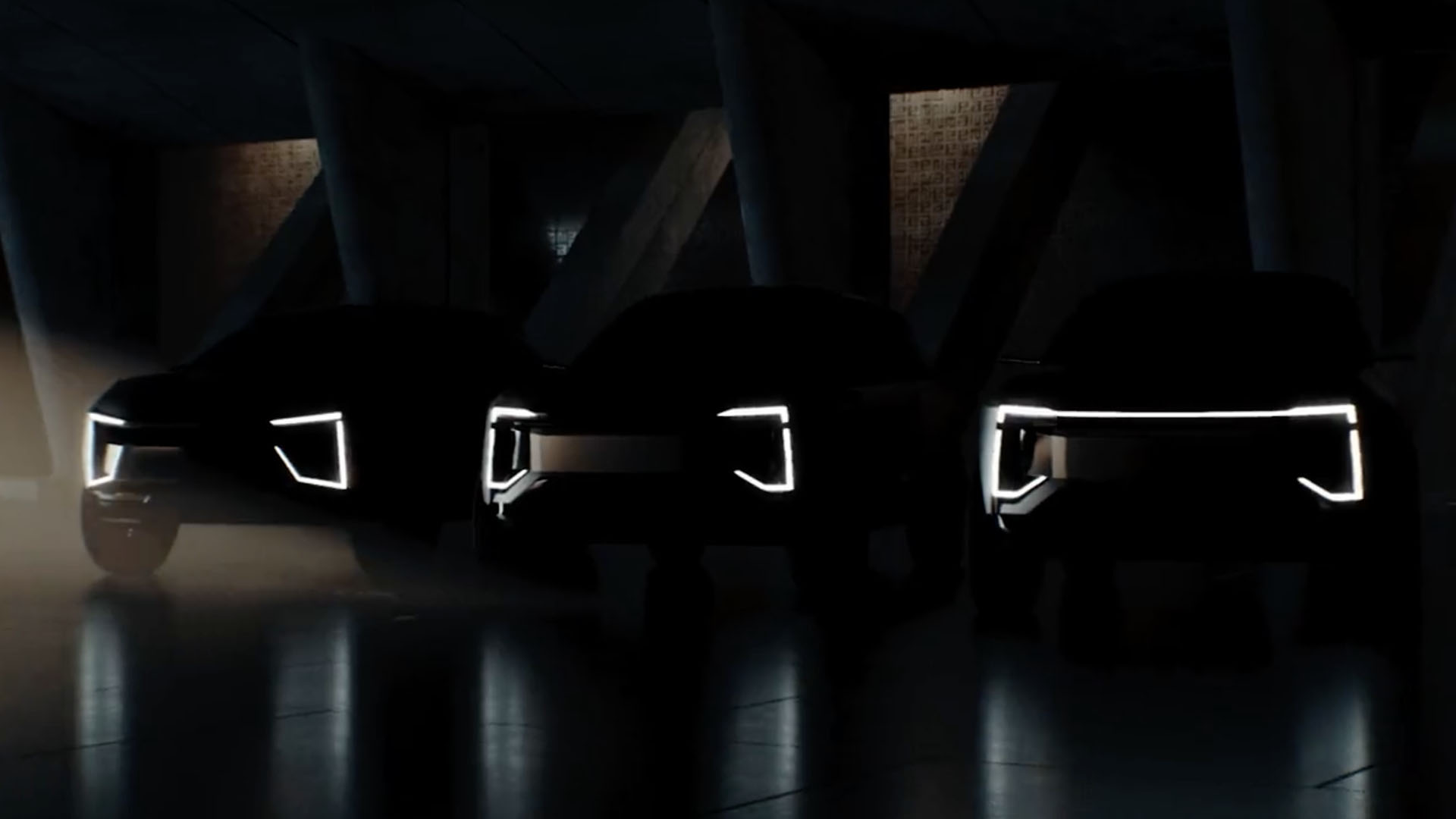

We may earn revenue from the products available on this page and participate in affiliate programs. Learn more ›
Mahindra joined Ford on Wednesday in picking the VW Group’s MEB platform to develop future electric SUVs. The Indian manufacturing giant said it would be taking components from the MEB technology and using them to build its own Born Electric Platform.
Automakers choosing to use other OEM’s EV platforms and coachbuild around them is becoming a trend. Honda will partner with GM to try to make cheap EVs using the Ultium platform, Toyota and Subaru joint-developed the bZ4X/Solterra platform, and Ford partnered with VW—and that’s before discussing all the platform-sharing within groups. GM, Stellantis, Renault Groupe and VW all share several EV platforms across their sub-brands. Even Mahindra already partnered with Ford once to develop an EV; it’s like a high school friendship group out there.
One of those companies you probably haven’t heard of but is absolutely gigantic. Mahindra is the second-biggest vehicle manufacturer in the world, its massive tractor operation puts it behind only supergiant Tata, and it’s no stranger to making electric vehicles; one of the most iconic little early EVs, the Mahindra REVAi, has been scrappily charming since 2001. Mahindra also unveiled electric rickshaws and smaller cars, and at the opposite end of the scale with the $2 million, 1,900 horsepower Pininfarina Battista after the Italian aerodynamic specialist was purchased by Mahindra.
Mahindra teased a bunch of electric SUVs coming out this year in February, with a shadowy video showing some cool-looking front lights at its Banbury, U.K., research center. These are the cars that will be using the MEB-based Born Electric Platform when they emerge in July, which may indicate that this agreement with VW either predates the announcement this week—or Mahindra will be working incredibly fast for the next two months.
Mahindra competes in Formula E using ZF powertrains and are using the series as a testbed for its own, wide-appeal EV tech. At the launch of the Gen3 car FE team principal Dilbagh Gill told me, “For us, the relevance is a lot more because we are in developing markets maybe six, seven years behind the advanced markets in electric mobility. So this decade is very relevant for us 2020 to 2030. A lot of technology that we see on these cars can get transferred back to other products.”
For a company like Mahindra, which is aiming to develop tech but doesn’t have a mature platform to reach for immediately, it makes sense to invest money down the line rather than to play a game of catchup. Using the MEB components now means that Mahindra can be looking years down the line with its R&D while still having a product to get out the door in 2022.
Got a story tip? Mail it in on tips@thedrive.com

